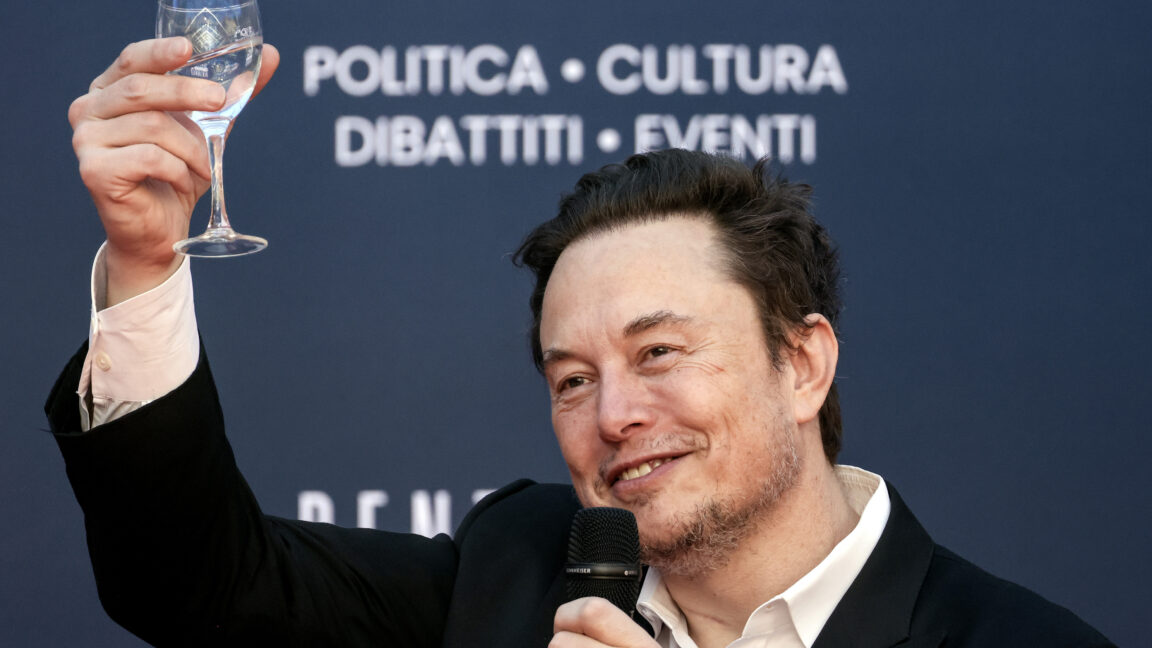
TECHCRUNCH.COM
CES 2025: The weirdest tech products and claims from this years event
CES 2025 is in full swing. While the conference features reveals from tech powerhouses like Nvidia, Samsung, and Toyota, there are also some very strange product concepts and announcements circulating on the show floor. Weve compiled the weirdest, silliest, and most eyebrow-raising products from CES 2025.A robotic cat that cools down your coffee for youImage Credits:Yukai EngineeringA new adorable gadget from Yukai Engineering is the Nkojita FuFu, a tiny robotic cat that can be mounted to a mug or bowl and will blow air in human-like intervals to help cool off your coffee or soup. The company says the product was born after a team leader wanted an easier way to cool down freshly cooked baby food because doing so often left him feeling breathless and dizzy.An electronic spoon that elevates the flavor of your foodImage Credits:Maxwell ZeffWhy add more salt to your meal when a $127 spoon could simulate the taste of sodium for you? Japanese company Kirin Holdings showed off an electronic spoon that makes your food taste saltier. The company says its spoon uses a weak electric current to concentrate sodium ion molecules in your food, adding a stronger umami and salt flavor to low-sodium foods.A handheld gaming console thats really, really bigImage Credits:AcerHandheld consoles are great for gaming on the go, but Acers latest product is really pushing the limits of what is considered portable. The Nitro Blaze 11 is undeniably massive: With a 10.95-inch display, its not only the size of an 11-inch iPad Air, it also weighs as much as two iPad Airs stacked on top of each other. You might need to get your wrist strength up before giving it a try!A concept laptop with a rollable screen turns into a realityA few years ago, Lenovo teased its concept for a laptop that has a screen that can expand into a much larger one. At this years CES, what was just a concept has turned into the ThinkBook Plus Gen 6 Rollable. The devices 14-inch OLED display can unfurl itself and expand into a 16.7-inch panel with the press of a button or gesture controls, effectively adding a lot more screen space without any other monitors or accessories.And you can watch our friends at Engadget getting up close and personal with the Gen 6 Rollable below.An AI-powered spice dispenserSpicerr is another odd food tech gadget from this years CES. The device fashions itself to be a sort of Keurig machine for spices, with individual capsules that you can rotate through while its AI detects how much you will need based on the recipe youre using and dispenses it for you. If you want to add a little more than what it recommends, theres also a freeform function that gives you a bit more control.An AI-powered birdbathBird-watching tech is nothing new to CES. Longtime attendees may remember Bird Buddys smart bird feeder or Swarovskis $4,799 AI-powered bird-watching binoculars. The latest bird innovation comes from Birdfy: a smart birdbath. The Bath Pro uses AI to detect when birds are using it and takes a photo but theres a monthly subscription fee if you want it to identify species.A $1,350 espresso machineImage Credits:MeticulousHow much is too much for a jolt of caffeine? Meticulous showed off this smart espresso machine, which the company claims is the first of its kind with a robotic lever. The machine features 10 digital sensors that monitor water temperature, pressure, flow rate, and the weight of the liquid in the cup and can make real-time adjustments like a barista. The preorder price for the machine is a whopping $1,350, plus another $250 if you want its milk steamer.A gaming chair that warms (and cools) your buttRazer showed off its concept for a gaming chair that can heat and cool your seat like a fancy car seat. The system features a self-regulating heater thats capable of reaching up to 86 degrees Fahrenheit, as well as a bladeless fan system that circulates cool air through the mesh backing so you can stay comfortable while youre grinding Fortnite.Tim Meadows next to a giant coffee cupImage Credits:Kirsten KorosecWhile not a product reveal, I would be remiss to not mention one of the silliest keynote moments of the conference. To illustrate BMWs Panoramic iDrive, the company pretended to shrink the entire audience as if the keynote took place inside a BMW. Thanks to that, we now have this wonderful photo of comedy legend Tim Meadows looking very small next to a giant coffee cup.As our own Brian Heater writes, weve already reached the point in CES where its hard to tell a real product from an elaborate prank. In Case of Death is a grim bundle designed to be a dead mans switch for your digital life. It includes an 11-inch iPad case, a smart ring, an app, and a self-destructing 11-inch iPad Pro which bricks in the case of the users death. According to the company, the death protections include features that can erase your search history, Rickroll your loved ones for eternity, and send out one final social media post to your followers.The latest Enron prankWhile not technically a CES 2025 reveal, the resurrected Enron made an announcement for a fake at-home nuclear reactor on Monday to transparently piggyback off of the attention paid to the spree of tech industry announcements. Called the Enron Egg, the latest hoax involved a very CES-style keynote video championing the eggs ability to power a home for 10 years straight and revolutionize the power, independence, and freedom industries. Sure!An adorable, fuzzy robot for your purseYukai Engineering also debuted Mirumi, its latest charming robot that mounts to a purse and moves its head like a curious baby as it observes its surroundings. The company says Mirumi was designed to re-create peoples joyful experiences when interacting with a baby as it expresses itself through inquisitiveness, bashfulness, and comfort.
0 Комментарии
0 Поделились
143 Просмотры












